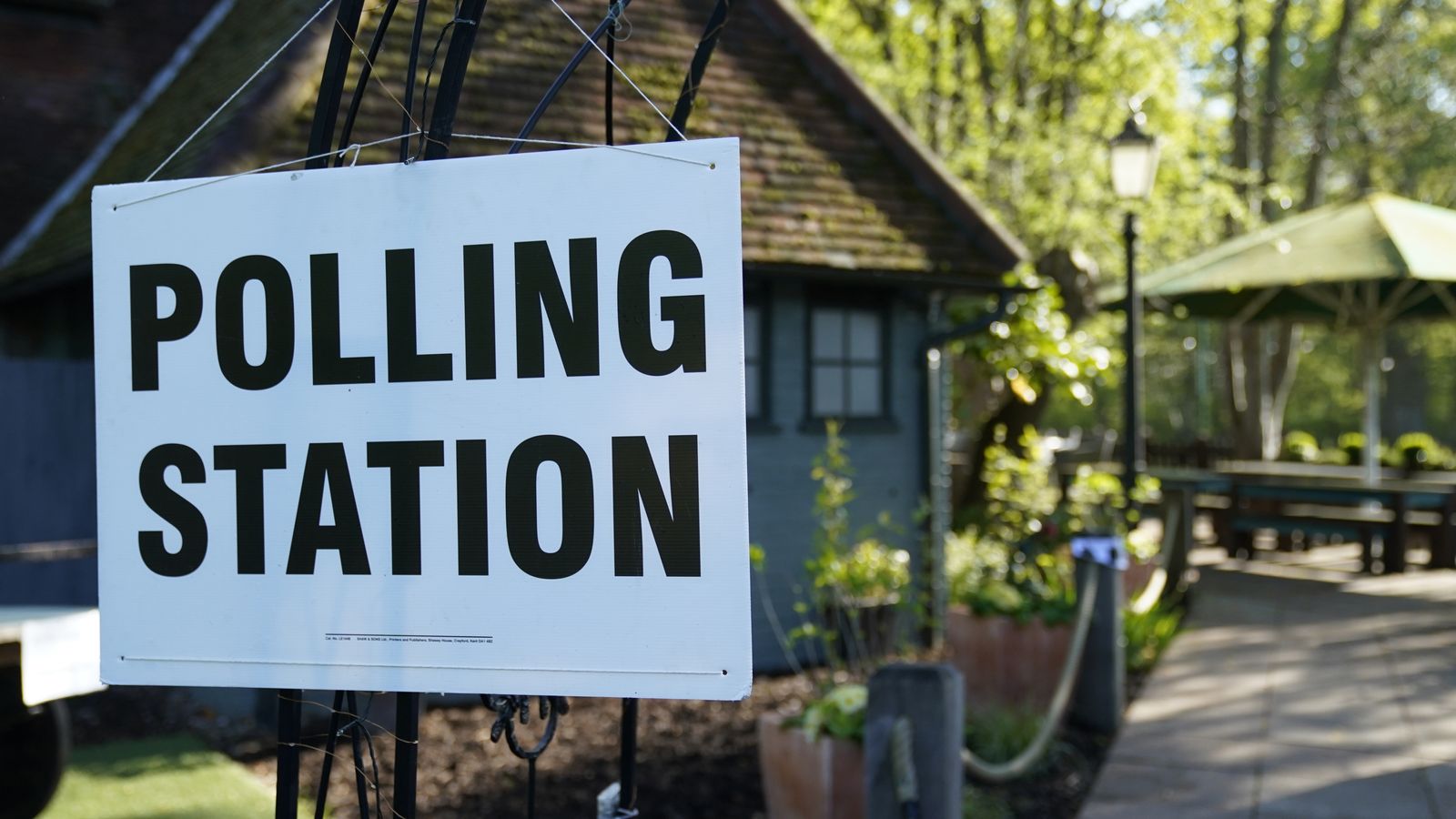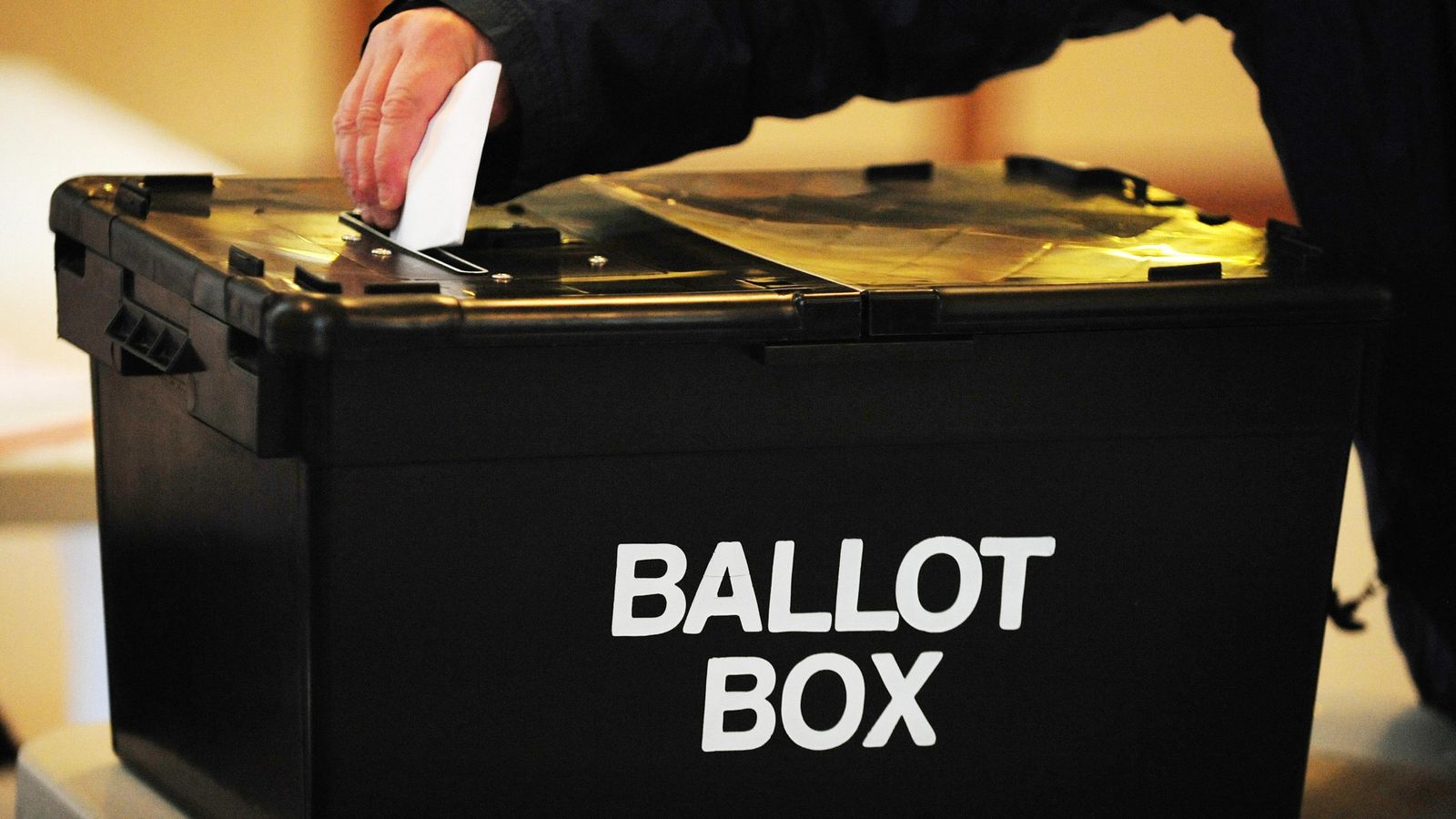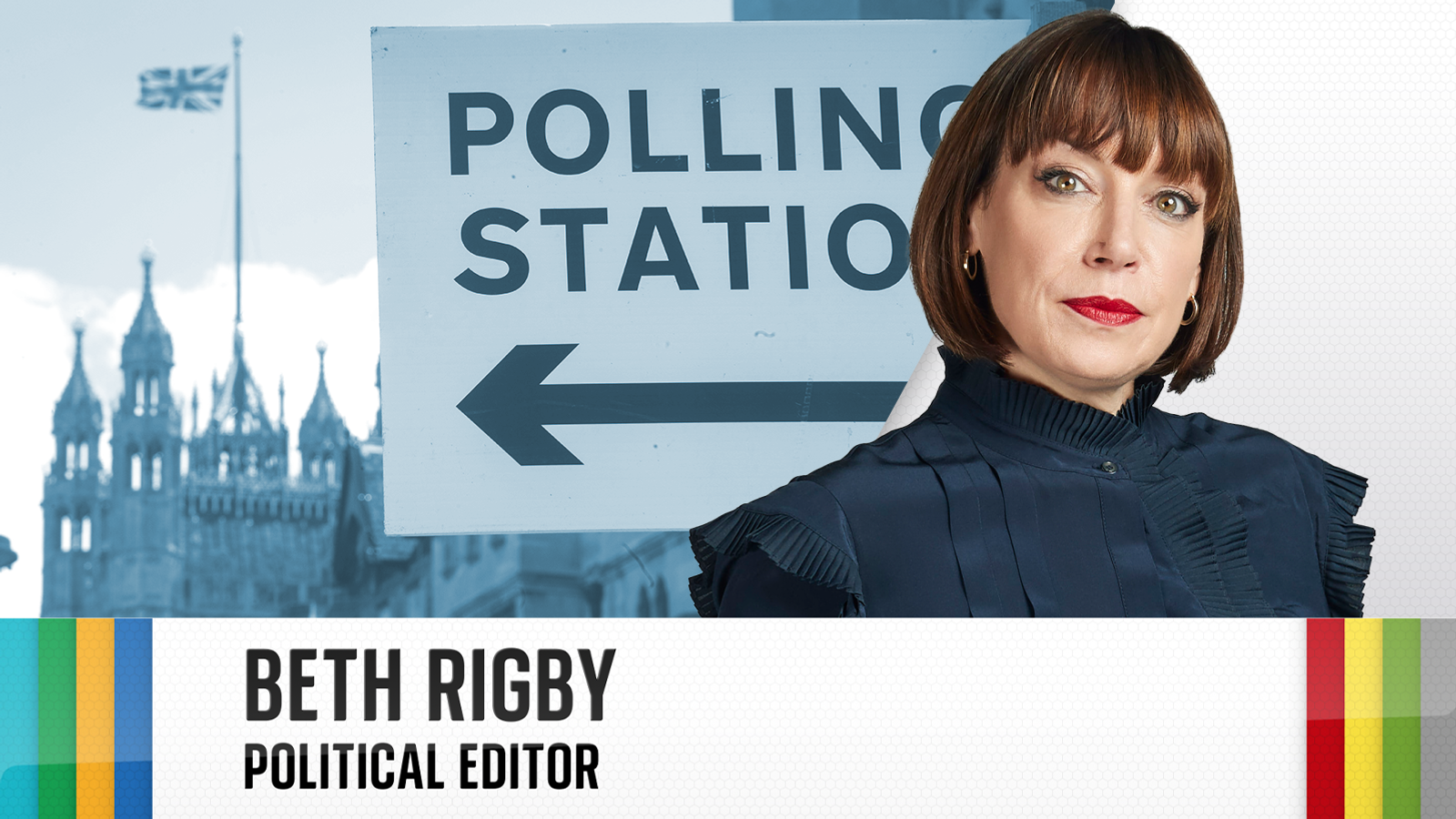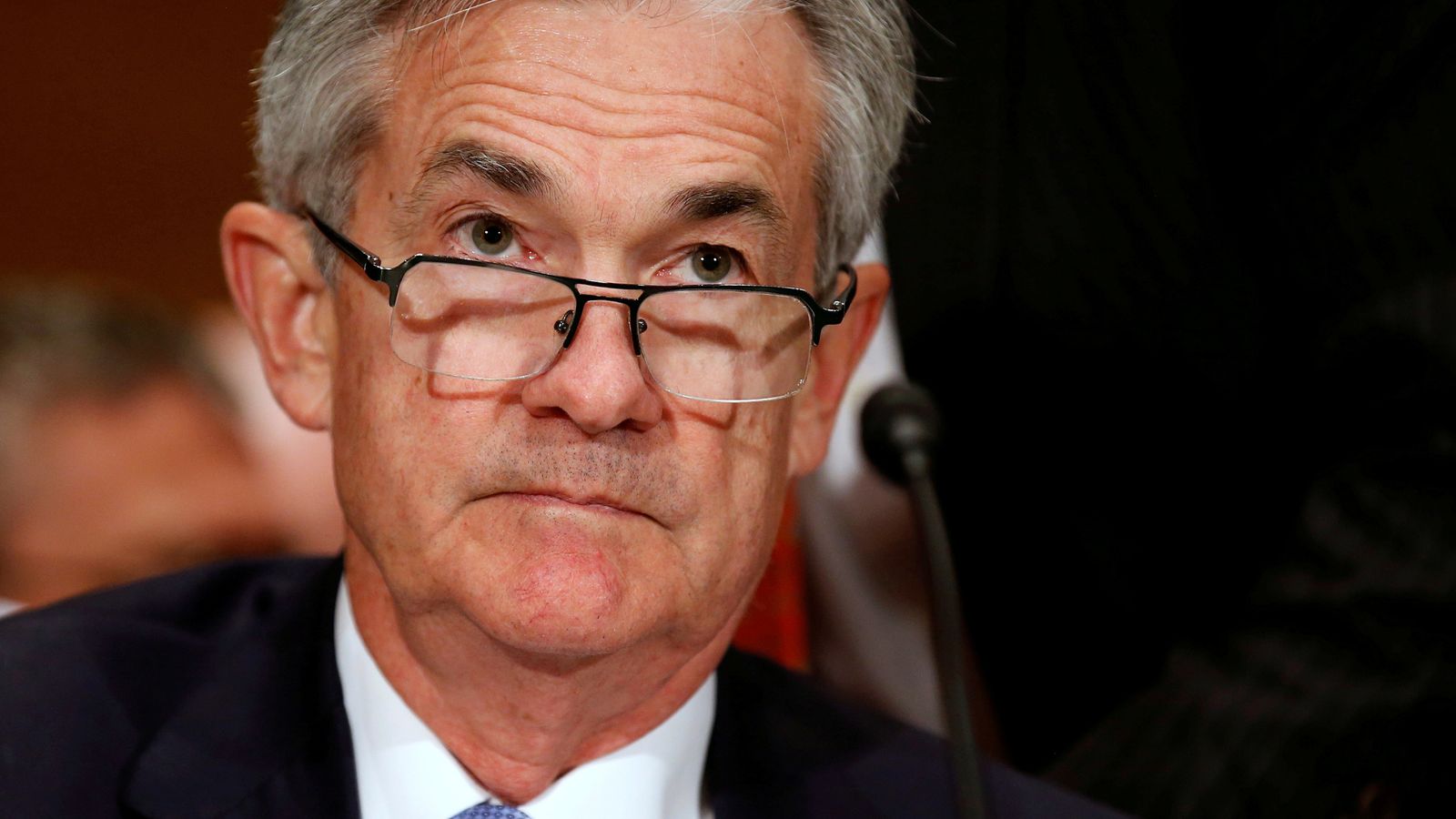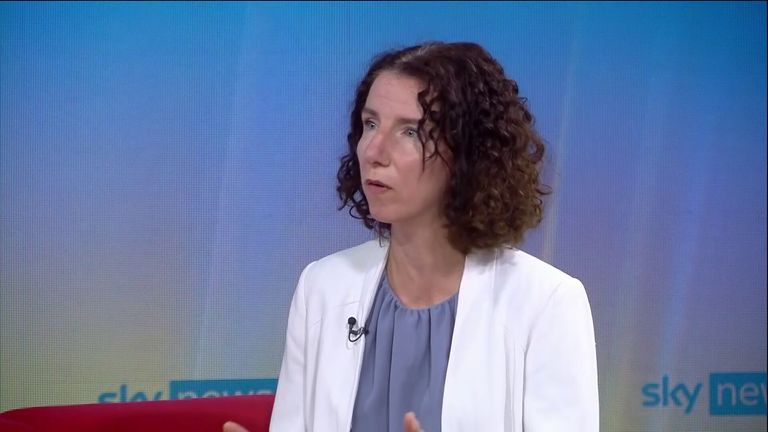
Women in their 30s are on average £4,000 a year worse off than they were in 2010, new figures show.
Data from the Office for National Statistics (ONS) shows the median full-time salary for those aged 30 to 39 has dropped from £37,899 in April 2010 to £33,740 in April 2023 – leaving them, on average, £4,159 a year and £350 a month worse off in real terms.
The calculation was made using the Consumer Price Index measure of inflation, which tracks the average change in prices paid by consumers over a period of time for a basket of goods and services.
The Labour Party blamed the figures on “stagnant wages, low growth and a lack of interest in supporting women staying in, or re-entering, the workforce”.
Shadow women and equalities secretary Anneliese Dodds said: “The Conservatives crashed the economy and lumped working women with the bill.”
She added: “Many women in their 30s are trying to get on the property ladder, get on at work and raise young children.
“But for too many the reality is a struggle to make ends meet, often worrying about the next bill, unable to work because of extortionate childcare or jobs that are too inflexible.”
The party also provided analysis from the House of Commons Library which showed that women in London across all age groups were over £4,300 a year worse off.
In the South East, and Yorkshire and the Humber, they were over £2,000 a year worse off.
The release of the figures coincides with the week of Equal Pay Day, which the Fawcett Society says marks the time in the calendar year when women start to work for free because of the pay lag on male earnings.
Read more:
Parents say childcare costs forcing them out of work
Iceland’s PM joins women on strike over equal pay
ONS figures earlier this month showed that the gender pay gap increased across all age groups between 2022 and 2023, except for 18 to 21-year-olds, where it decreased from 1.1% to negative 0.2%.
The largest increase was seen among employees aged 30 to 39 years, where the gender pay gap increased from 2.3% to 4.7%, which the ONS said was the highest value of the gender pay gap for this age group since 2009.
The body said that the gender pay gap stood at 7.7% in April this year, despite the fact it has been declining slowly over time.
Conservative Minister for Women Maria Caulfield said: “Labour cannot be trusted to support women’s livelihoods – the number of unemployed women rose by 25 per cent when they were last in office.
“On the other hand, we have supported millions more women into work, helped record numbers of women entrepreneurs set up businesses, and made significant progress in slashing the gender pay gap.
“We are going further than ever before in reforming childcare to support parents in the workplace, and as set out in the autumn statement this week, we are helping more women keep more of their hard-earned money with the biggest package of tax cuts since the 1980s.
“We are ensuring that women have the opportunity to build brighter, more secure lives for themselves and their families. Labour’s £28bn borrowing plan would fuel inflation and inevitably result in tax rises for households across the country.”


